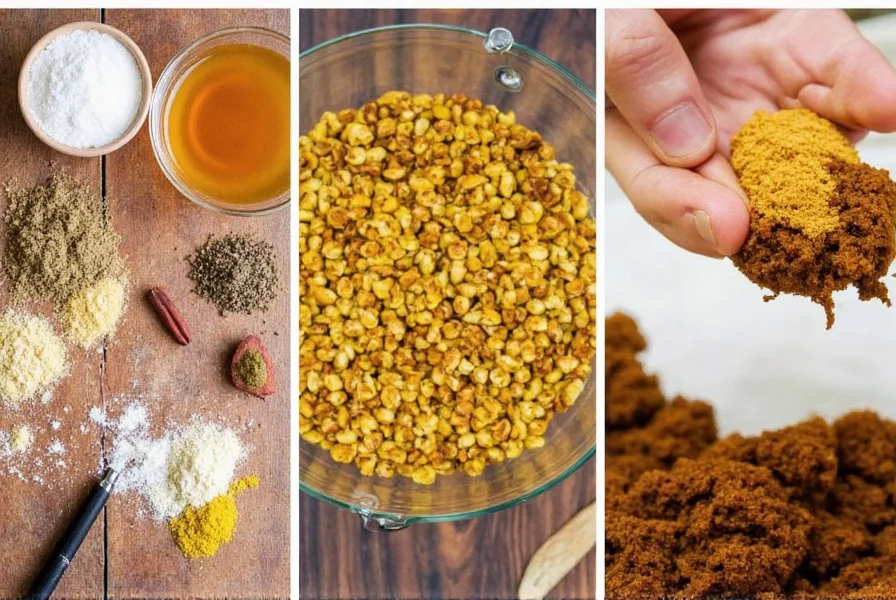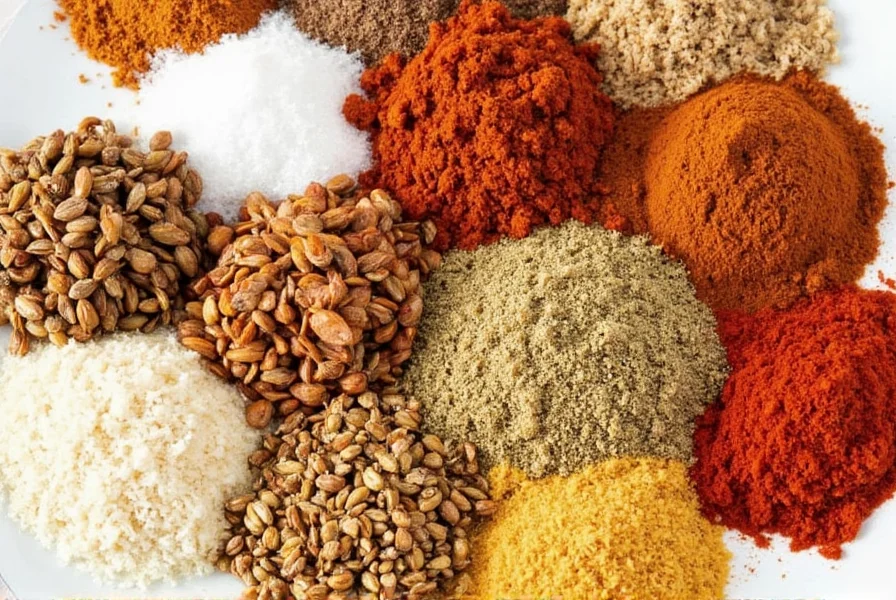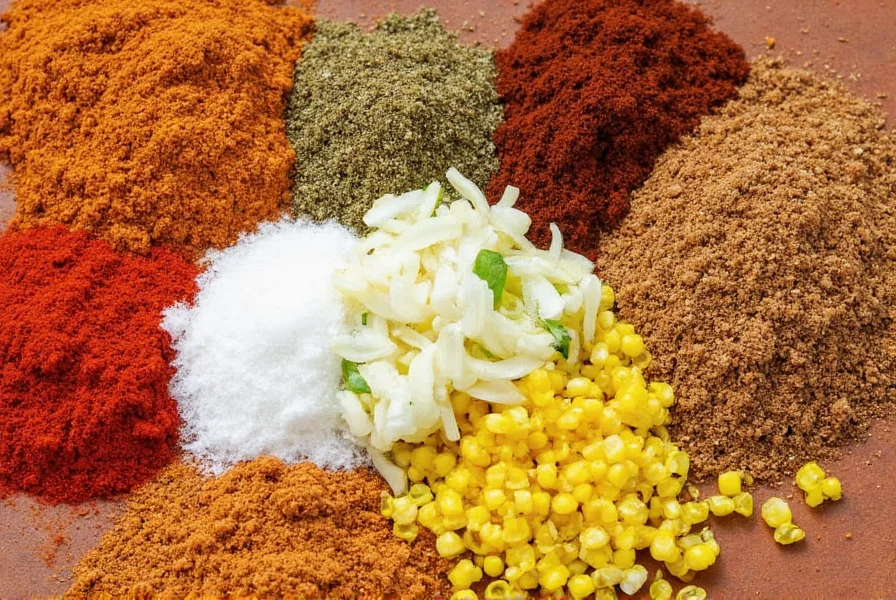Jamaican Spice: The Fiery Flavor That’s Taking the World by Storm
Table of Contents
- What Makes Jamaican Spice So Special?
- A Spicy Journey Through History
- The Core Jamaican Spice Lineup
- How to Use Jamaican Spices Like a Pro
- Jamaican Spice Buying Guide: What to Look For
- Storage Tips for Maximum Freshness
- Global Dishes with a Jamaican Kick
- Final Thoughts on Going Jamaican
What Makes Jamaican Spice So Special?
If you’ve ever taken one bite of jerk chicken and instantly felt like you were standing under a Caribbean sun, then you know the magic of Jamaican spice. But it’s not just about heat—it’s about harmony. This flavor bomb blends warmth, earthiness, and fiery kick into one unforgettable profile that makes everything from meat to veggies taste like a tropical vacation.

A Spicy Journey Through History
The roots of Jamaican spice run deep—literally buried in the traditions of the indigenous Taino people who used pimento wood and native spices to smoke meats long before European colonization. When African slaves arrived in Jamaica, they brought their own rich culinary techniques and spice knowledge, blending with local ingredients to create what we now call “jerk” seasoning.

This unique blend evolved over centuries and today includes scotch bonnet peppers, allspice (known as pimento), thyme, garlic, ginger, nutmeg, cinnamon, and more. Each ingredient tells a story, making Jamaican spice more than just a seasoning—it's a cultural fingerprint on your plate.
The Core Jamaican Spice Lineup
Let’s dive into the stars of the show—the essential players that give Jamaican spice its signature punch:
| Spice | Flavor Profile | Best Used In | Heat Level |
|---|---|---|---|
| Scotch Bonnet Pepper | Fruity, floral, smoky | Jerk marinades, sauces, stews | High (7/10) |
| Allspice (Pimento) | Warm, peppery, clove-like | Dry rubs, jerk seasoning, pickles | Low (3/10) |
| Thyme | Earthy, herbal, slightly minty | Meat rubs, soups, stews | None |
| Garlic | Pungent, savory, aromatic | Mixed into pastes and marinades | None |
| Ginger | Peppery, zesty, sweetly spicy | Marinades, baked goods, teas | Low (2/10) |
| Nutmeg & Cinnamon | Warming, sweet, woody | Curries, dessert dishes, spice blends | None |
How to Use Jamaican Spices Like a Pro
Tip #1: Make Your Own Jerk Paste
Forget store-bought shortcuts. A homemade jerk paste will elevate your cooking game exponentially. Here’s a quick recipe to get you started:
- 2 Scotch bonnet peppers (seeds removed for less heat)
- 1 tbsp ground allspice
- 1 tsp dried thyme
- 4 cloves garlic, chopped
- 1 tsp grated ginger
- 1 tsp brown sugar
- 1 tbsp soy sauce or coconut aminos
- 1 tbsp lime juice
- Salt and black pepper to taste
Blend everything into a paste and marinate chicken, pork, or tofu overnight for maximum flavor.

Tip #2: Don’t Forget About Vegetables!
Jamaican spice isn’t just for meat lovers. Try rubbing root vegetables like carrots, sweet potatoes, or plantains with jerk seasoning before roasting. The natural sugars caramelize beautifully while soaking up all the warm, smoky flavors.
Tip #3: Add a Splash of Heat to Breakfast
Yes, really! A dash of scotch bonnet powder can jazz up your morning eggs, avocado toast, or even oatmeal. It’s an unexpected twist that wakes up your taste buds without overwhelming them.
Jamaican Spice Buying Guide: What to Look For
When shopping for Jamaican spices or ready-made jerk seasoning blends, here are key factors to keep in mind:
Top Jamaican Spice Products to Try
| Product Name | Key Features | Best For | Use Cases | Rating |
|---|---|---|---|---|
| Walkerswood Authentic Jamaican Jerk Seasoning | Natural ingredients, no MSG, perfect balance of heat and flavor | Home cooks and grill masters | Chicken, fish, veggies, tofu | ⭐ 4.9 |
| Grace Jerk Seasoning Original | Easily available, classic island flavor, affordable | Beginners and casual cooks | Everyday meals, rice dishes, sandwiches | ⭐ 4.6 |
| Bull-Dog Jamaican Allspice Berries | Whole pimento berries, ideal for grinding at home | Cooking purists and spice enthusiasts | Dry rubs, homemade jerk mixes, pickling | ⭐ 4.8 |
| Lioness Foods Organic Jerk Blend | Organic, vegan, gluten-free | Health-conscious foodies | Grilled tofu, quinoa bowls, veggie wraps | ⭐ 4.7 |

Storage Tips for Maximum Freshness
Like any good spice, proper storage ensures longevity and potency. Follow these simple rules:
- Keep it cool: Store spices in a dark, dry cabinet away from heat sources like your stove.
- Airtight containers: Glass jars with tight lids work best for preserving flavor.
- Buy in small batches: Whole spices last longer than ground ones. Grind only as needed for fresher results.
- Label wisely: Mark when you bought each spice so you know when it’s time to refresh your stash.
Global Dishes with a Jamaican Kick
Want to bring the island vibe into your everyday cooking? Try these creative ways to use Jamaican spice in international dishes:
- Mexican Fusion: Add a pinch of jerk seasoning to taco meat or grilled pineapple salsa for a tropical twist.
- Italian Infusion: Mix jerk spice into tomato sauce or sprinkle on pizza crust before baking.
- Asian Influence: Stir-fry tofu or shrimp with a jerk-inspired glaze for a bold, global fusion.
- American BBQ: Create a Jamaican-style barbecue rub using allspice, smoked paprika, and a bit of brown sugar.

Final Thoughts on Going Jamaican
Whether you're grilling out back or meal-prepping for the week, Jamaican spice is your secret weapon for adding excitement to every dish. With its complex layers of flavor and a kick that keeps things interesting, this isn’t just another seasoning—it’s a passport to a whole new culinary world.
So next time you’re reaching for the usual suspects, why not go bold? Shake some Jamaican spice into your life and let your taste buds take a trip they won’t forget!











 浙公网安备
33010002000092号
浙公网安备
33010002000092号 浙B2-20120091-4
浙B2-20120091-4